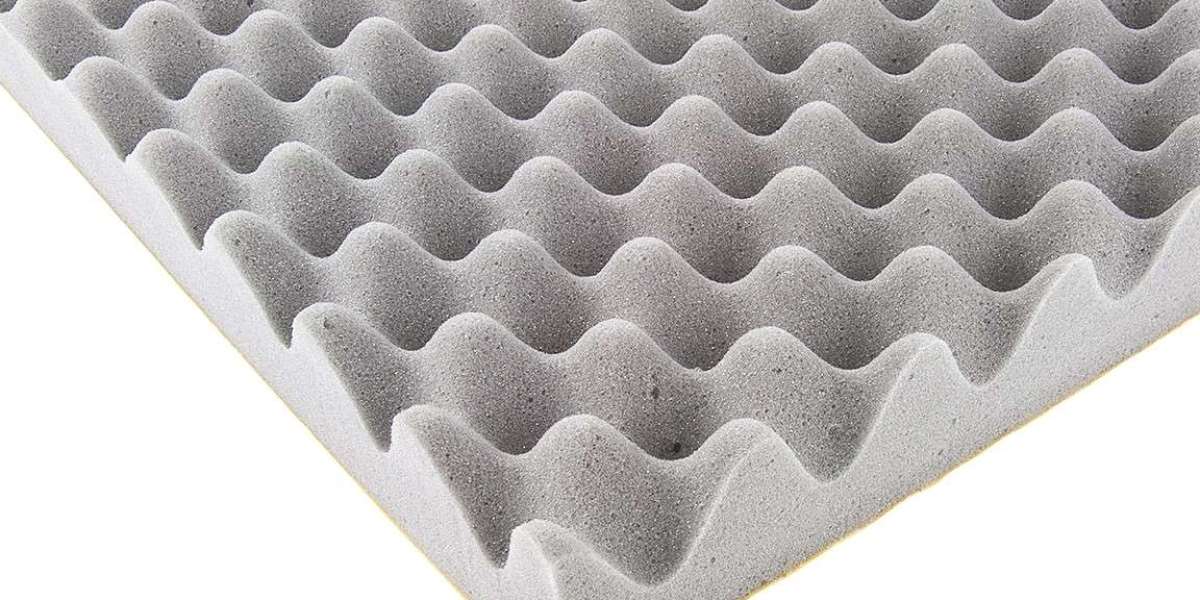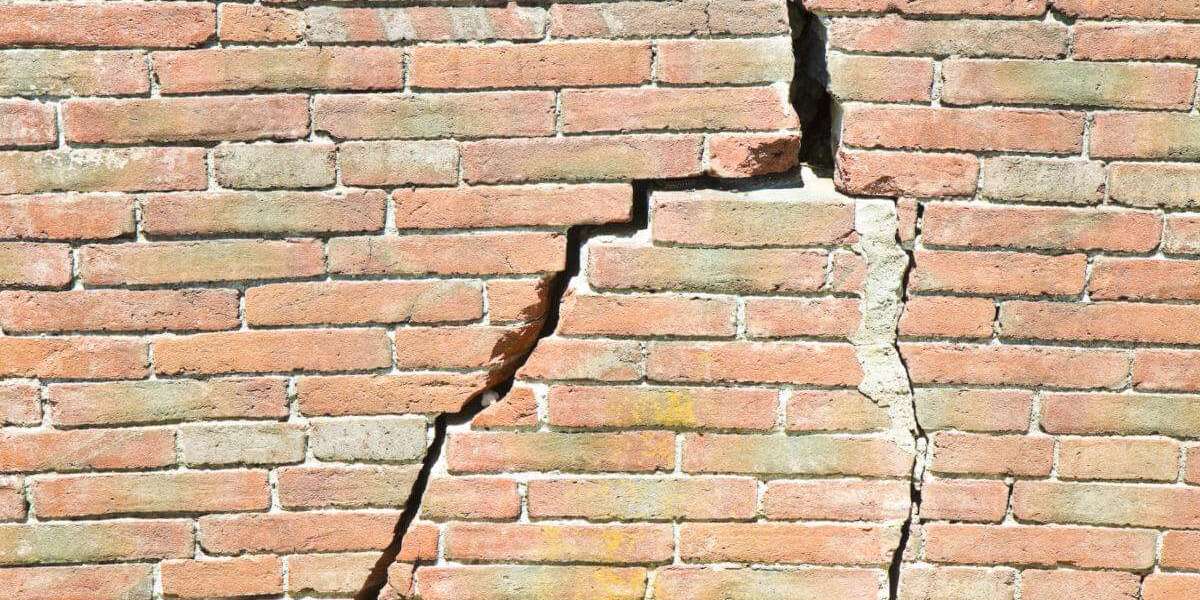Understanding Sound Deadening Materials
Sound Deadening Materials are materials designed to absorb, block, or dampen sound waves. Unlike simple insulation that only slows heat transfer, sound deadening materials focus on controlling acoustic energy to reduce noise transmission. They work by converting sound energy into heat, dissipating vibrations, or creating barriers that prevent noise from traveling through walls, floors, ceilings, and other structures.
The key purposes of sound deadening materials include:
Noise Reduction: Reducing unwanted external and internal noise for a quieter environment.
Acoustic Comfort: Minimizing echoes and reverberation in rooms for clearer sound and better communication.
Privacy: Preventing sound leakage between rooms, offices, or apartments.
Types of Sound Deadening Materials
Choosing the right Sound Deadening Materials depends on the type of noise you want to address, your budget, and the specific application. Here are some of the most common and effective materials:
1. Acoustic Foam Panels
Acoustic foam panels are widely used in recording studios, home theaters, and office spaces. These panels are made from polyurethane or melamine foam and are designed to absorb mid to high-frequency sounds.
Benefits:
Reduces echo and reverberation.
Lightweight and easy to install.
Available in various shapes and designs for aesthetic appeal.
Applications: Ideal for walls and ceilings in studios, conference rooms, and open offices.
2. Mass-Loaded Vinyl (MLV)
Mass-Loaded Vinyl is a dense, flexible material that blocks sound transmission. It is particularly effective at reducing low-frequency noise, such as traffic, machinery, or subwoofers.
Benefits:
High-density barrier against sound.
Thin and versatile for walls, floors, and ceilings.
Durable and long-lasting.
Applications: Perfect for apartments, offices near busy streets, or industrial buildings.
3. Fiberglass Insulation
Fiberglass insulation is commonly used for thermal insulation but also provides excellent soundproofing properties. It absorbs airborne sound waves, reducing noise transmission between rooms.
Benefits:
Excellent at reducing mid to high-frequency sounds.
Affordable and widely available.
Can be installed inside walls, ceilings, and floors.
Applications: Ideal for residential homes, office partitions, and multi-family buildings.
4. Soundproof Curtains
Soundproof or acoustic curtains are heavy, dense fabrics that block external noise and reduce echo in a room. They are less permanent than other solutions but can be highly effective for certain applications.
Benefits:
Easy to install and remove.
Reduces noise and light simultaneously.
Aesthetic versatility with various colors and designs.
Applications: Great for bedrooms, home offices, and conference rooms.
5. Acoustic Panels and Baffles
Acoustic panels and baffles are decorative panels made from sound-absorbing materials such as fabric-wrapped fiberglass, mineral wool, or foam. Baffles hang from ceilings to absorb sound in open spaces.
Benefits:
Reduces noise in large spaces.
Adds design elements to interiors.
Effective for echo and reverberation control.
Applications: Offices, restaurants, auditoriums, and gyms.
6. Green Glue and Acoustic Sealants
Green Glue and similar acoustic sealants are specialized compounds used between layers of drywall or other building materials to dampen sound vibrations.
Benefits:
High-performance noise reduction in walls and ceilings.
Compatible with standard construction materials.
Reduces structure-borne noise like footsteps or machinery vibrations.
Applications: Home theaters, office partitions, and commercial buildings.
7. Cork and Rubber Underlays
Cork and rubber are natural and synthetic materials that provide both sound and vibration dampening. They are often installed under flooring to minimize impact noise.
Benefits:
Reduces floor-to-floor noise.
Durable and eco-friendly options available.
Provides thermal insulation alongside acoustic benefits.
Applications: Apartments, offices, gyms, and schools.
How to Choose the Right Sound Deadening Materials
Selecting the appropriate Sound Deadening Materials depends on several factors:
Type of Noise: Determine whether you need to block airborne noise (voices, music, traffic) or impact noise (footsteps, machinery).
Frequency Range: Different materials excel at absorbing low, mid, or high frequencies. For example, MLV is excellent for low-frequency noise, while acoustic foam targets higher frequencies.
Space Considerations: Evaluate whether the solution needs to be permanent or temporary, and consider aesthetic and space constraints.
Budget: Some materials, like MLV and high-density panels, are more expensive but offer higher performance. Temporary solutions like curtains or foam panels are more budget-friendly.
Installation: Some materials require professional installation, while others can be easily installed as DIY projects.
Applications of Sound Deadening Materials in Homes
In residential spaces, sound deadening materials can greatly improve comfort and privacy. Common applications include:
Bedrooms: Using acoustic panels, soundproof curtains, or insulation to block street noise or noisy neighbors.
Home Offices: Reducing echo and external distractions with acoustic panels and floor underlays.
Home Theaters: Combining MLV, green glue, and acoustic panels to create cinema-quality sound without disturbing other areas of the house.
Apartments and Condos: Installing cork or rubber underlays to reduce impact noise from above.
Applications of Sound Deadening Materials in Offices
In offices, sound control is critical for productivity, focus, and employee well-being. Applications include:
Open-Plan Offices: Acoustic baffles, panels, and partitions help minimize distractions and reduce noise propagation.
Conference Rooms: Combining acoustic panels with carpets and soundproof doors for clear communication.
Reception Areas: Heavy curtains and acoustic furniture can reduce noise from foot traffic and conversations.
Industrial Offices: MLV and specialized barriers can block machinery and HVAC noise.
Tips for Maximizing Soundproofing
Seal Gaps: Even small cracks around doors, windows, and walls can let in noise. Use acoustic sealants to block these gaps.
Layering: Combining multiple materials (e.g., insulation plus drywall plus Green Glue) significantly improves soundproofing.
Furniture and Decor: Bookshelves, rugs, and upholstered furniture can absorb sound and reduce echo.
Consider Ceiling and Floor: Sound often travels through ceilings and floors, so adding underlays or acoustic tiles can enhance performance.
Benefits of Investing in Sound Deadening Materials
Enhanced Comfort: Enjoy a peaceful home or office environment with reduced stress from unwanted noise.
Improved Productivity: Offices with controlled acoustics allow employees to focus better and communicate more effectively.
Privacy Protection: Conversations and activities are kept private, which is crucial in multi-family residences and offices.
Property Value: Soundproofing can enhance the value of a property by offering superior comfort and modern acoustic solutions.
Health Benefits: Reduced noise exposure contributes to better sleep, lower stress, and overall well-being.
Conclusion
Sound Deadening Materials are essential tools for creating quiet, comfortable, and productive environments in both homes and offices. From acoustic foam and mass-loaded vinyl to cork underlays and soundproof curtains, there are solutions for every budget, noise type, and application.
By understanding the different types, applications, and installation methods, homeowners and businesses can effectively reduce unwanted noise, improve acoustic comfort, and create spaces that enhance well-being and productivity. Investing in quality sound deadening materials is more than just a design choice—it is a step toward a healthier, more peaceful, and efficient living or working environment.














